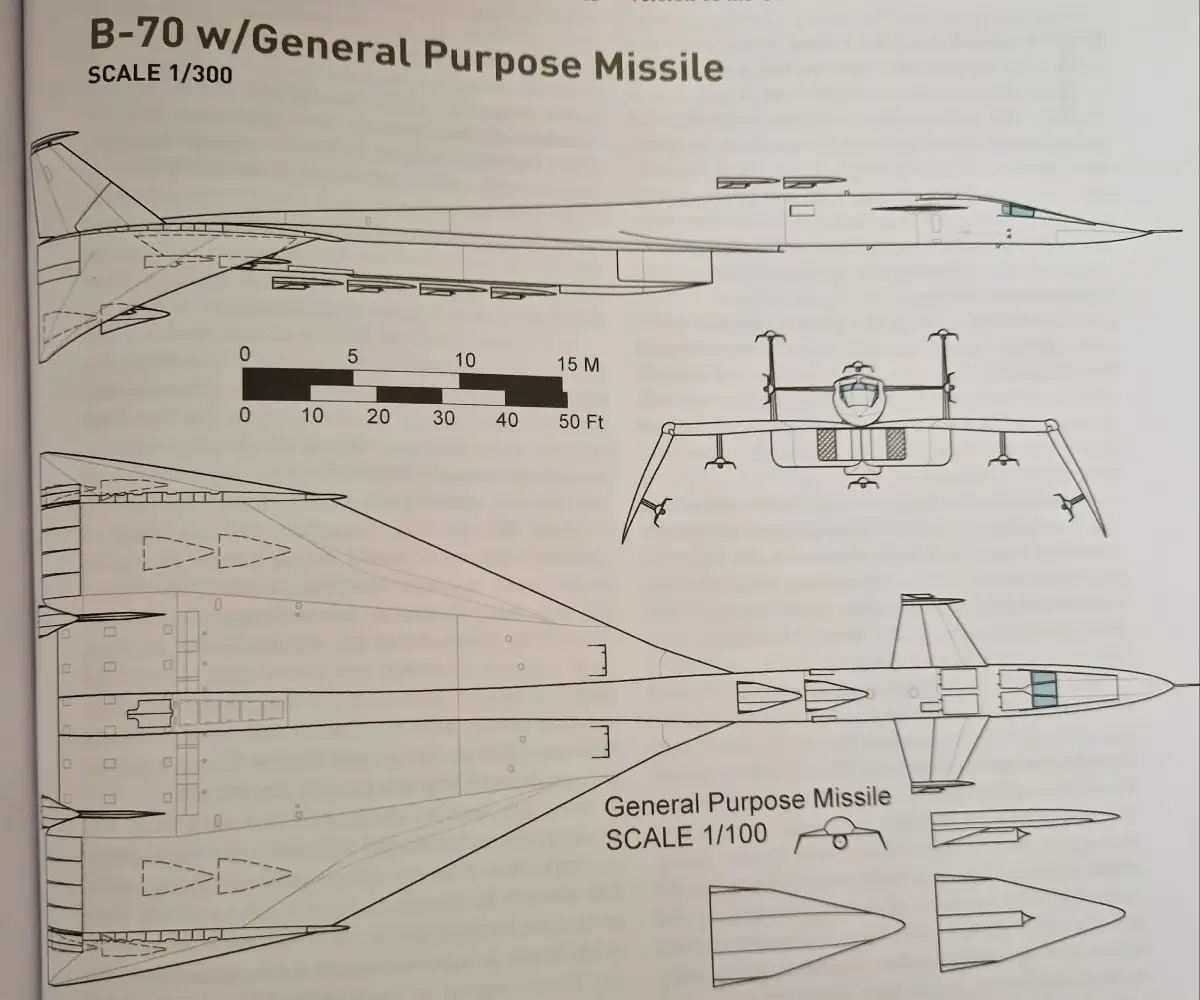The XB-70A Valkyrie
The 1950s saw the conception of the futuristic XB-70A Valkyrie, a high-altitude, nuclear strike bomber capable of flying at Mach 3, or three times the speed of sound, beyond the reach of any prospective enemy.
However, by the beginning of the 1960s, high-speed, high-altitude bombers were facing a threat to their survivability from new Surface-to-Air Missiles (SAMs). Less costly, nuclear-armed ICBMs (Intercontinental Ballistic Missiles) were also entering service. As a consequence, the costly B-70 bomber program was terminated in 1961 before any Valkyries had been completed or flown.
Even so, the USAF bought two XB-70As to test large supersonic aircraft’s aerodynamics, propulsion, and other characteristics. The first XB-70A, on display here, flew in September 1964 and achieved Mach 3 flight in October 1965. The second Valkyrie first flew in July 1965, but in June 1966, it was destroyed following an accidental mid-air collision. The third Valkyrie was not completed.
Up until it was given to the US Air Force National Museum in 1969, the original XB-70A aircraft was flown and produced useful test data for the research program.
B-70 with `General Purpose Missile’
A North American plan for employing the B-70 as a carrier for a “General Purpose Missile” was one of the more absurd-looking proposals, according to Scott Lowther’s book US Supersonic Bomber Projects. Unfortunately, not much is known about the missile, its performance, weight, or warhead. There is just a single illustration that demonstrates how eighteen of the missiles could be carried at once by a B-70.
The General Purpose Missile had a design featuring a delta-winged configuration, along with a single ramjet engine housed in a separate nacelle and downward-drooping wingtips. It was designed as a standoff weapon, likely equipped with a small nuclear warhead. By calling it a ‘general purpose` missile, it may be that it was intended to not only strike ground targets but possibly serve an air-to-air role as well.
The diagram in this article shows where the missiles were supposed to be gathered across the great expanse of the B-70, suspended beneath the wings with pylons, attached to the tips of both the canards and the vertical stabilizers, perched atop and underneath the fuselage. The source sketch does not depict all of the necessary pylons, explaining why some of the missiles in this reconstruction are not attached to the aircraft.
Able to carry 19 GPMs
Another diagram presents an alternate design for the General Purpose Missile. This missile was similar in size with a similar-looking ramjet engine… But otherwise, the configuration was quite different, looking more like a catamaran boat with a jet engine than a normal sort of missile. This version of the GPM weighed 698lb, would fly from Mach 3 to Mach 4 at 70,000 to 90,000ft, and had a range of 975 nautical miles.
The B-70 would be able to carry 19 of this version of the GPM.
US Supersonic Bomber Projects is published by Mortons Books and is available to order here.

Photo by NASA

